7 tips for choosing a chandelier in the hall, bedroom, kitchen
Chandeliers existed long before it appeared electricity. Once, instead of lamps, they used candles, so the design of such lamps was very limited. Modern technologies allow you to create chandeliers of any shape and size, from various materials, use complex lighting schemes, different types of lamps and even control the chandelier remotely. A trip to a construction supermarket or a fixture store can drive a huge assortment of interesting models crazy. When your eyes run wide, it’s difficult to make the right purchase, so it’s better to think in advance which chandelier to choose, what parameters it should have and what shape to have. Our tips will help you navigate the richest world of modern chandeliers.
No. 1. The main types of chandeliers: ceiling and pendant
Chandelier is called ceiling lightwhich gives shadowless general lighting. The entire huge range of chandeliers can be divided according to the installation method for two types:
- outboard, or classic fixed to chain or spring. Such samples look gorgeous and become the center of the room, since it is difficult not to notice such beauty;

- ceiling mounted under the ceiling, take up a minimum of space, can be represented as very simple options, as well as unique ones.

The choice of the type of chandelier depends not so much on your own preferences, but on the parameters of the room and, first of allceiling heights. It is important that the floor to the chandelier not less than 2-2.3 m remained, because only in this case it can be guaranteed that the lamp will not be hooked with your head or hands. Therefore, with a ceiling height of 2.5-2.7 m (in most apartments), ceiling models will be more appropriate. If the ceilings are above 3 m, then you can install almost any chandelier.
As an exception, we can distinguish chandeliers on long suspensions, which are sometimes grouped in several pieces, and are located over the dining table. In this case, they can hang low enough, the height of the suspension is usually adjustable, and the chandeliers themselves play the role of not general, but local lighting.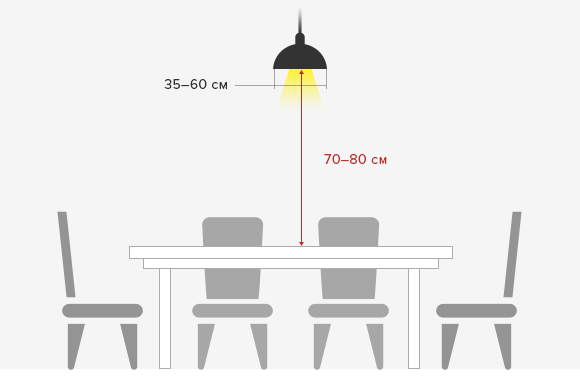
No. 2. Chandelier Size
Room height is not the only factor to consider when choosing a chandelier. The lamp must be proportionate to the space: too small chandelier in big room It will look bad and even ridiculous, however, like a large chandelier in a tiny room.
How to determine the very ideal parameters for a chandelier? Designers have long known the answer and offer to calculate the diameter / length of the chandelier using a simple formula:
D = (length of the room, m + width of the room, m) * 10, cm
For example, for a living room with parameters 5 * 4 m, it is appropriate to use a chandelier with a diameter of about 90 cm.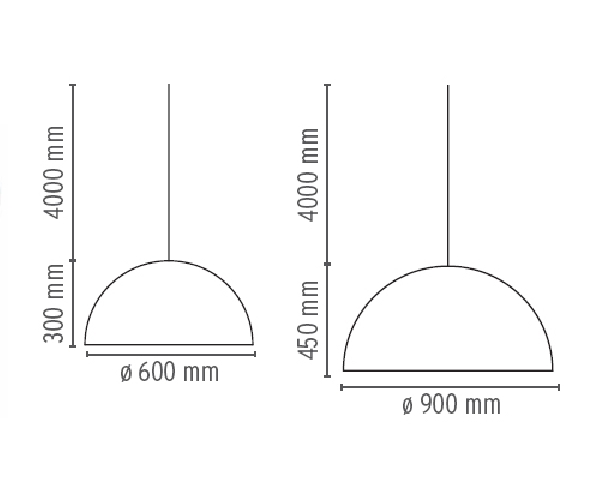
For long narrow rooms elongated chandeliers are suitable, but for more or less large rooms a chandelier cannot become the only source of lighting and should complemented by sconces, floor lamps, spotlights, table lamps etc.
No. 3. Power and type of lamps
Chandeliers can have a different number of levels and horns, i.e. be designed for a different number of lamps. To choose a suitable chandelier, you must determine the required level of lighting:
- for rooms where dim light is used (bedroom, for example), it is enough to provide 10-12 watts of lamp power per square meter;
- for premises medium light (nursery, bathroom) it is necessary to provide 15-18 W / m2;
- for rooms where necessary bright light (kitchen, living room), 20 W / m required2.

Note that the power of the lamps in the chandelier are summarized, and all indicators are for ordinary incandescent lamps and ceilings up to 3 m high. When using fluorescent tubes all the specified regulatory data can be divided by about 5, and when using LEDs - by 8.
Take the 12-meter bedroom as an example.2: 120 watts of the total power of incandescent lamps will be required, so a three-arm chandelier (almost the most popular option) with three lamps of 40 watts each will be enough. Instead, it will be possible to use fluorescent lamps at 10 watts or LEDs at 4 watts.
In chandeliers, you can use the following types of lamps:
- incandescent lampsthat are familiar to all of us, are inexpensive and are already outliving their age. They are short-lived, have low efficiency, turn a significant part of the electricity into heat, and therefore are uneconomical. In addition to the price, a pleasant warm light and a variety of shapes can be included in the pluses;

Retro style incandescent light bulbs
- halogen lamps - An advanced analogue of incandescent lamps. By filling the flask with halogens, the tungsten spiral lasts a little longer. Such lamps are slightly more economical incandescent lamps, but also heat up during operation, and significantly inferior in durability energy saving lamps;

- fluorescent lamps 5-20 times longer than incandescent lamps and 5 times more economical than them, they hardly heat up during operation, they can produce light of different temperatures, but they are also not without drawbacks, including problems with disposal, possible flickering, sensitivity to voltage surges and diminished brightness time;

Fancy Fluorescent Tubes
- LED lamp - The best option for today. They are 6-10 times more economical than incandescent lamps, and the service life is 20-50 thousand hours, and these are years of work. These are eco-friendly, safe, very economical, durable lamps that give light of different temperatures, do not flicker, do not heat up during operation, have high mechanical strength and are not afraid of voltage surges. Of the significant minuses - only the price, but it quickly pays off.

Increased heat generation incandescent and halogen lamps does not allow their use near materials that are sensitive to temperature increase. A striking example is film stretch ceilings. For installation in the immediate vicinity of the film surface, only LED and fluorescent lamps are suitable, incandescent lamps can be used at a distance of 50-60 cm, but it is desirable that their light is not directed to the ceiling.
For living rooms, bedrooms and nurseries, it is appropriate to use dimmable lampswhose luminous flux can be changed. It is convenient and economical, but it is not always easy to find such lamps among energy-saving ones, and they will cost even more. If the chandelier is provided several levels of lamps, then you can connect each of them to a separate switch in order to conveniently adjust the luminous flux and create the necessary atmosphere.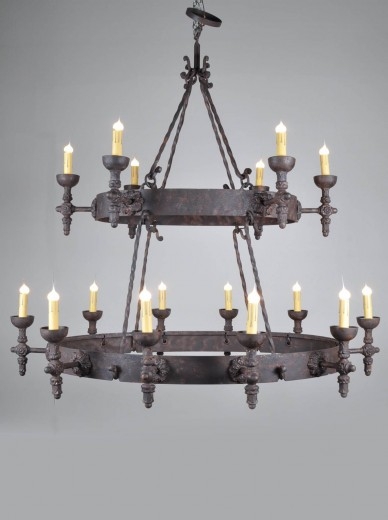
Do not forget that some areas in any room require brighter local lighting, therefore, without additional light sources you still can not do. It is also worth taking into account that high ceilings will require more powerful lighting, and dark surfaces (walls, furniture) reflect light worse than light ones, so it will also be difficult to do without additional power here. Rough surfaces also reflect poorly.
Number 4. Chandelier material
When choosing a chandelier, most of us primarily consider the material of its manufacture. It determines the style of the luminaire and its basic performance, as well as price.
Among the most popular options are:
- glass and crystal chandeliers - very refined and at the same time fragile products. Crystal Chandelier with many pendants and decorative elements can become a real decoration of the room. It is customary to decorate classic interiors with such lamps, but today crystal chandeliers are also used in modern styles. In terms of assortment, ordinary glass chandeliers amaze the imagination; they can resemble Christmas balls, have a bizarre ornate shape, and can be performed in either classical or minimalist style. Such beauty requires regular care, and modern dust-resistant detergents can become a little relief;
- metal chandeliers stronger than glass, and maintaining them is easier, but not always - it all depends on the design, and in this regard there are a lot of options. Lamps can be made of steel, copper, brass or bronze, have a chrome or gold coating. Depending on the shape and color, a metal chandelier can become an interior decoration in loft style, baroque, classic, hi-tech, modern and others. If you combine metal with another material, the scope will expand;
- wooden chandeliers They look unusual and do not fit into any interior. They are appropriate to use in ethnic, oriental and country style. There are many different variations, but it is worth understanding that it is better not to hang such lamps in rooms with high humidity and frequent temperature extremes. In addition, the tree is highly flammable and damaged by pests - manufacturers, of course, process protective equipment, but during operation may require additional processing;
- textile chandelier - a great option for an interior in style boho, ethno and classic. The shape of such lamps can be any. For such chandeliers, strong fabrics are used that are treated with dust repellents, there are options where the shades are made of lace and macramé. It is better to equip such chandeliers with LED lamps that give a minimum of heat, and not use them in the kitchen;
- plastic chandelier It is cheap, but it does not always look cheap. Such products are characterized by an incredible variety of shapes, bright colors, they are not afraid of moisture. When buying, it is important to make sure that the plastic does not contain phenol-formaldehyde resins. Plastic can be made even with your own hands of plastic bottles or cups;
- paper chandelier can be made independently, fits into the Japanese style and hi-tech, is inexpensive, but not resistant to mechanical damage, moisture, fire and does not always transmit light normally.
The modern fashion for lamps dictates the disposal of shades and the use of groups of lamps with long laces.
No. 5. Chandelier and interior style
To get a good result, it is necessary that the style of the chandelier matches interior style. Manufacturers often facilitate our task by releasing collections with products of a particular design.
General recommendations for choosing a chandelier style are as follows:
- for classic interior elegant chandeliers of their crystal, glass and metal fit, but simpler textile lampshades will look quite harmoniously;

- modern interior decorate chandeliers with chrome details, frosted and transparent glass. Curls and flowers give way to clear geometric shapes;

- in style modern fit chandeliers made of colored glass or plastic;

- in style loft chandeliers decorated in the form of pipes will do, “bare” bulbs on long suspensions or framed by simple metal and glass shades will look appropriate;
- in provence textile chandeliers fit in best, but metal (painted white) and even crystal products are allowed;

- ethnic style in its various manifestations, it allows the use of paper, wooden and textile chandeliers.

The opinion was clearly established that color chandelier choose from those that are already used in the design of the premises. Often shades of color repeat the shade curtains or of wallpaper, but today it is customary to focus on the chandelier and choose a color not found in the interior for it - the main thing is that the room eventually looks harmonious. When using crystal and glass chandeliers, the problem of color selection generally disappears.
No. 6. Chandelier and room type
Which chandelier to choose in the hall, which in the bedroom, and which in the kitchen? Surely, the requirements for fixtures in all these rooms are different, and they should definitely be considered along with the choice of material, size and power of the chandelier.
- Chandelier for the hall (living room), the largest room in the house, can be quite massive and noticeable, it will set the atmosphere. An excellent option would be a classic pendant chandelier with five horns, but you can also find interesting patterns among the ceiling ones. If the living room is elongated, it makes sense to arrange two identical chandeliers symmetrically. In the hall, the light should be soft and warm, but some areas will require more powerful lighting, so it will almost always be appropriate multi-level lighting.

- Chandelier in the bedroom should create soft diffused lighting, so special attention must be paid to the ceiling and the direction of light. For small bedrooms, and most of them, it is better to take a ceiling chandelier. Without additional light sources not to do in the bedroom - near the bed floor lamps, sconces or table lamps.

- Chandelier in the nursery It should be safe, so no glass and crystal. It is better to give preference to plastic and textile, and the design of the lamp can be either restrained and not distracting, or it can be done chandelier room center: there are products in the form of flowers, balls, cartoon characters, etc.

- Chandelier in the kitchen - This is a compact ceiling lamp, which is not afraid of humidity and which is easy to clean, so preference should be given to products with the simplest design, the best material is metal, glass is allowed, but it will have to be washed very often. For small kitchens ceiling spots are suitable, in which individual lamps can move, so they change backlight areas.

- Chandelier in the bathroom should be resistant to moisture and not take up much space. It is better to give preference to compact fixtures, and highlight the area near the mirror separately. When choosing bathroom chandeliers it is worth paying attention to the standard of protection against moisture and dust, in the marking it is indicated as IP with two digits, we are interested in the second, it shows the degree of protection against water. IP x1 can be used at a distance of 2.5-3 m from a moisture source. Optimal will be the IP x4 and IP x5 chandeliers, which can be installed in close proximity to the bathroom or shower.

- Chandelier in the hallway and corridor - this is usually either a spot or a very compact ceiling model (tablet chandelier), but often it is completely abandoned, using only Spotlights.

Number 7. What else to consider when choosing a chandelier?
Finally, a few more useful tips that will help you find the most suitable and high-quality model in order to organize the necessary level of lighting in the room:
- it is better to inspect the product in person before purchase. There should not be any backlash anywhere - all connections must be of high quality and strong. From plastic chandeliers there should not be a sharp specific smell. Pay attention also to the diameter of the wires: the minimum cross section is 0.75 mm2but better - 1.5 mm2;
- if the ceiling surface is imperfect, it is better that the light from the lamps in the chandelier is directed downward, therefore, its design should be appropriate;
- if the chandelier will be attached to the pendant plasterboard ceiling, then its weight should be no more than 5 kg, so it is better to remove a special mount in advance from the main ceiling;
- it is better if bulbs with a standard E27 base are used in the chandelier.In this case, replacing them will not be a problem;
- the most modern chandeliers can control the remote control, clap or even be connected to the system "smart House».

The chandelier that is responsible for the overall lighting in the room should be in harmony with other lighting items.

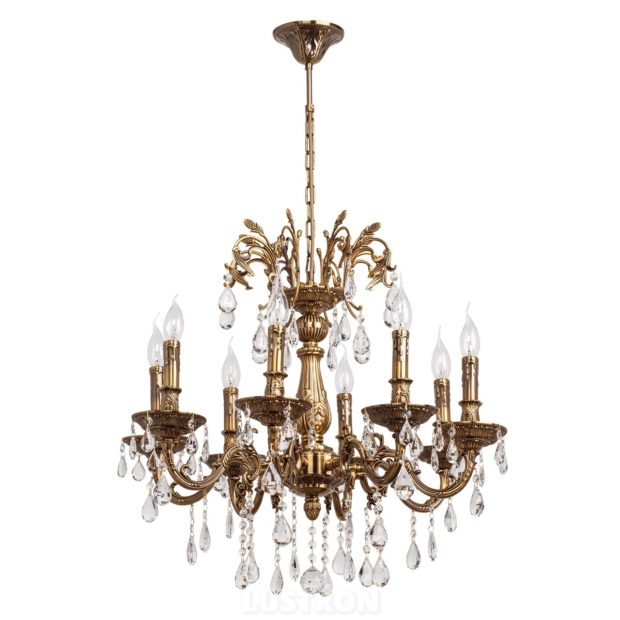
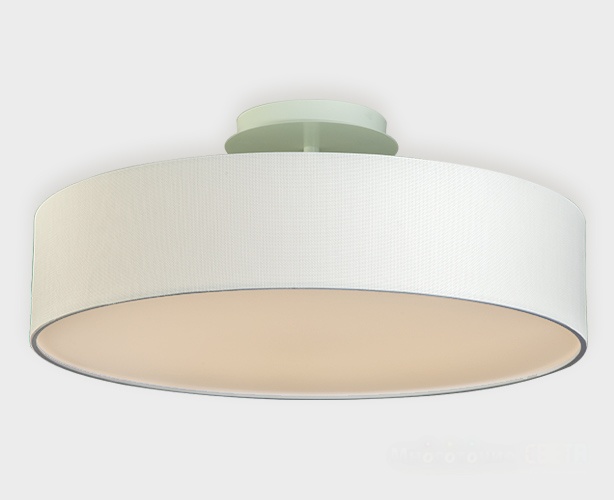
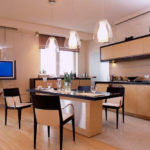
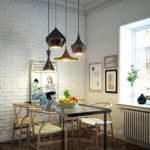
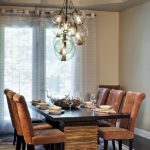
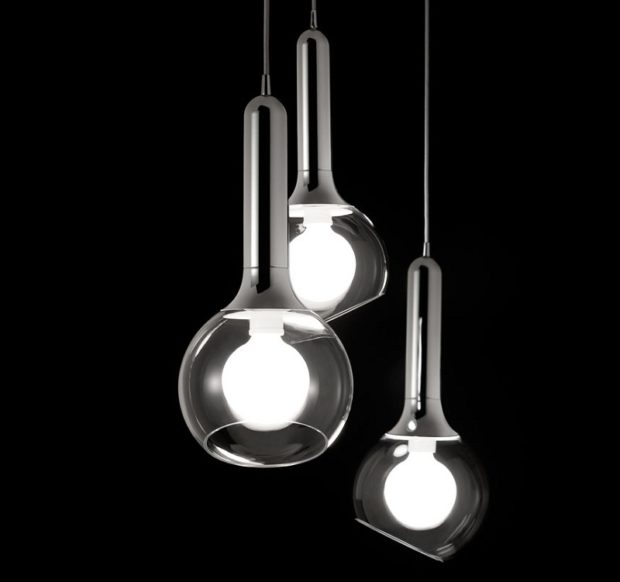
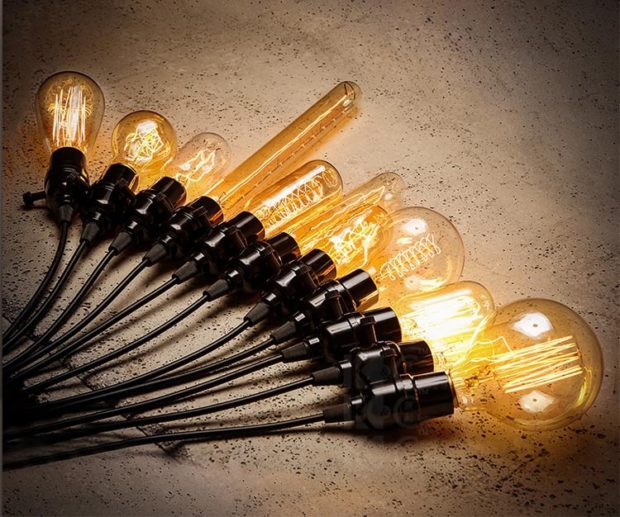
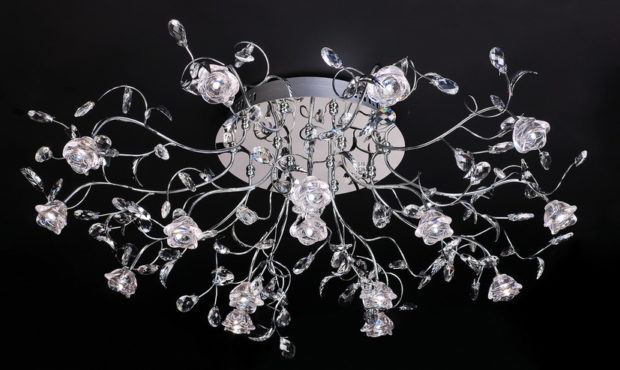




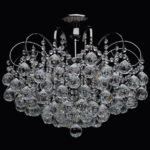
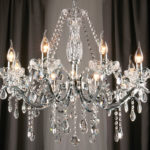
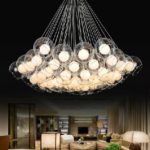
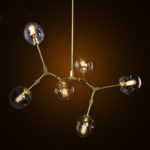

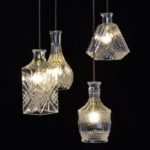
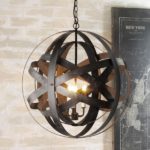



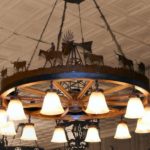
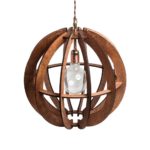

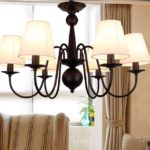


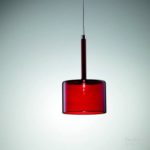
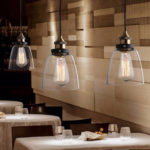
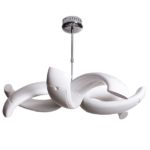
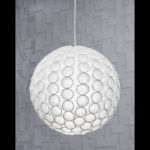


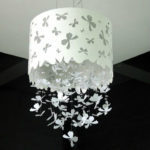
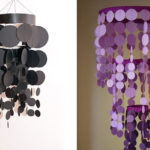

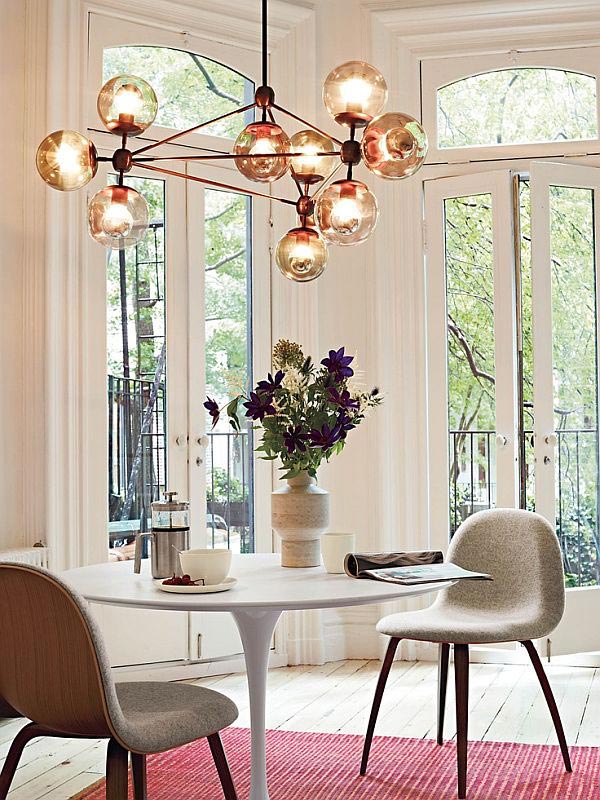



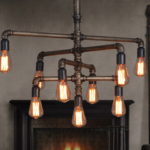
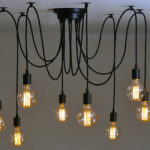


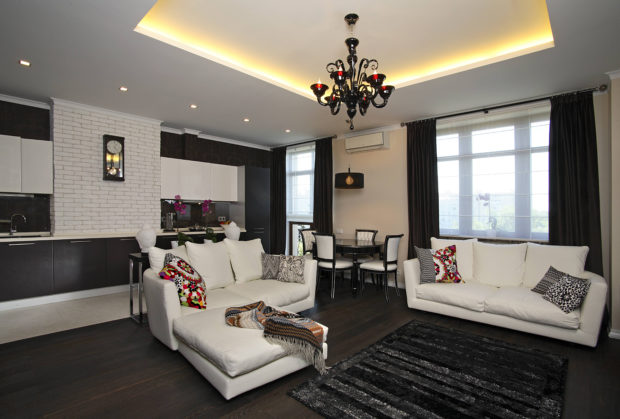
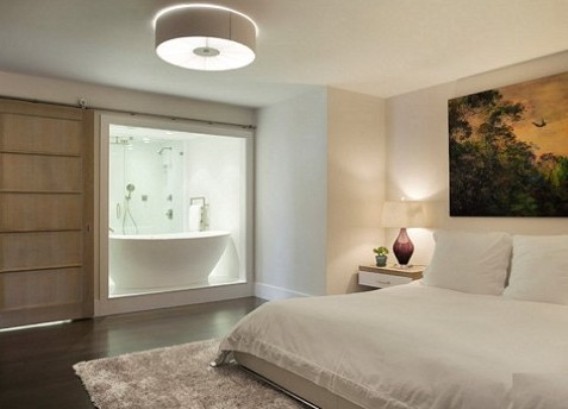

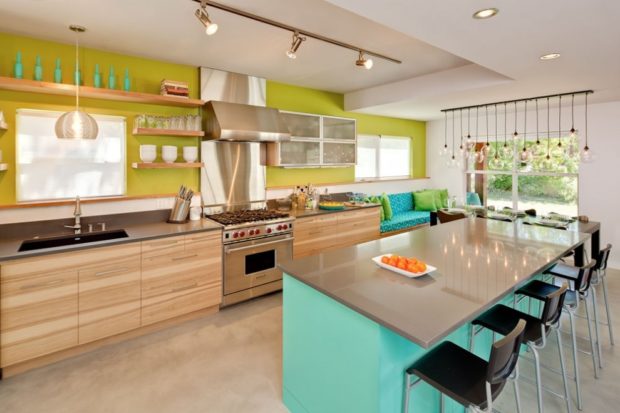
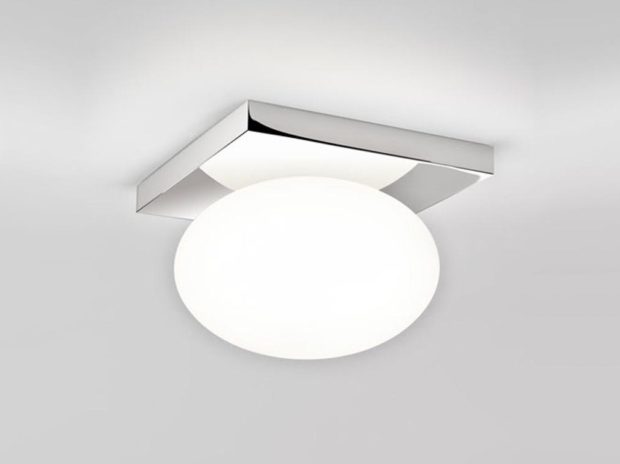
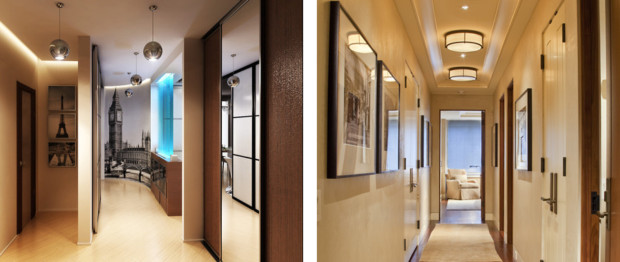
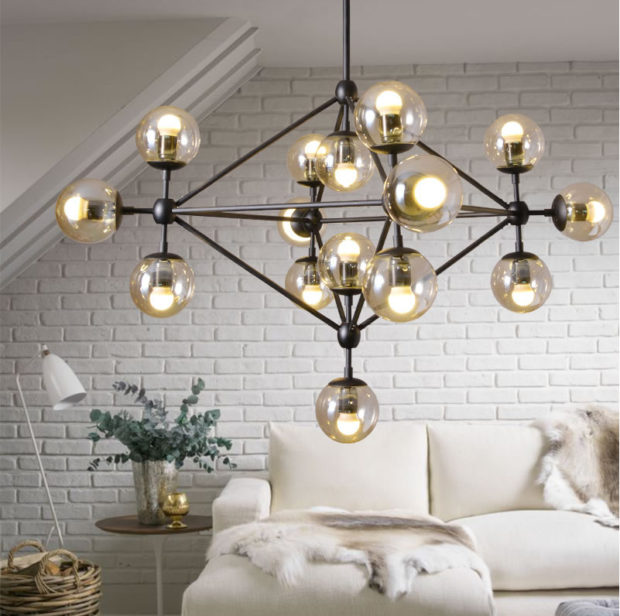
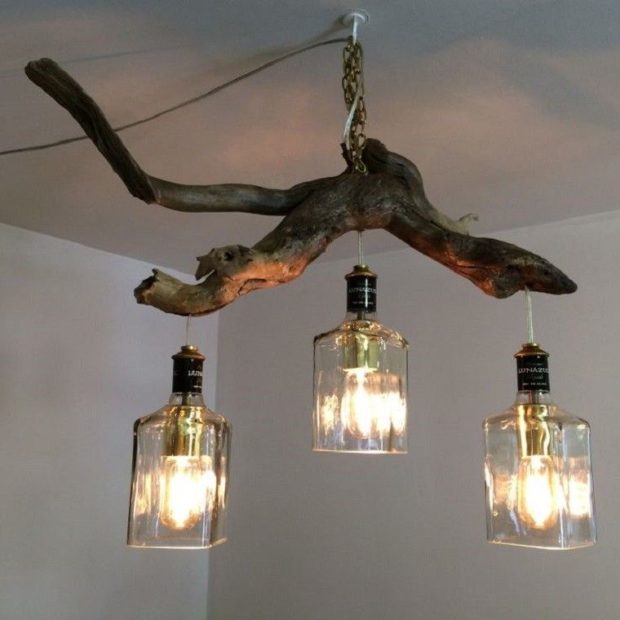

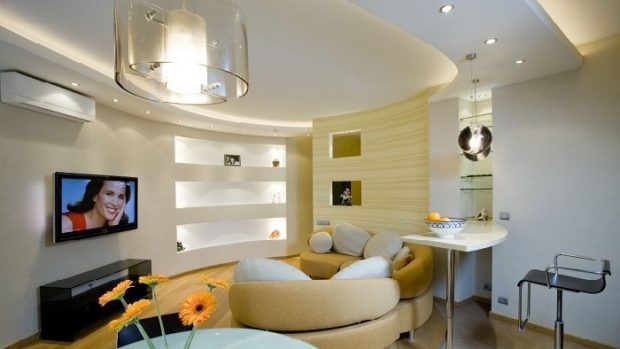
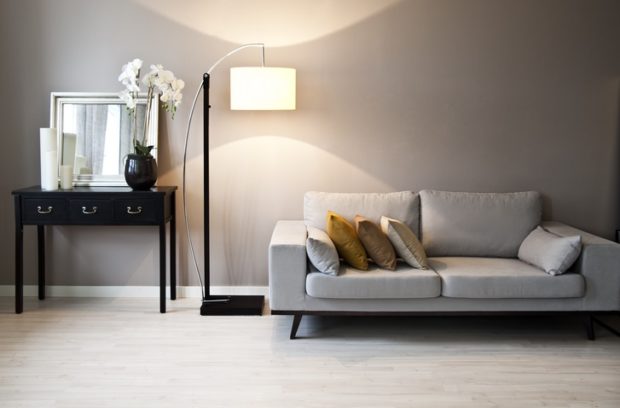
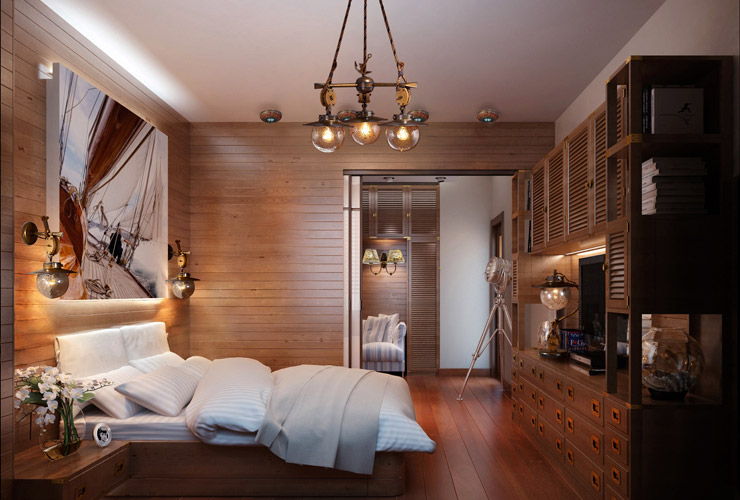
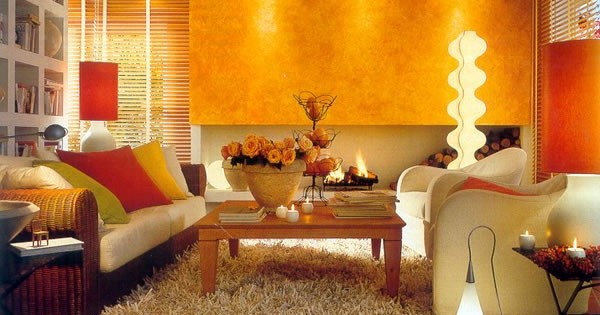
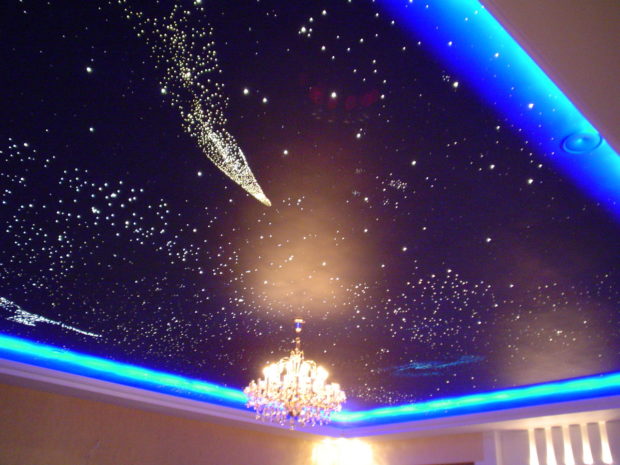
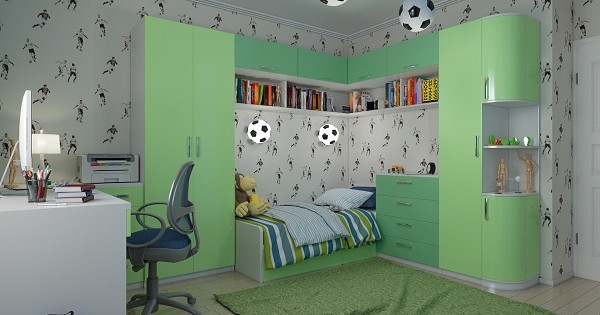
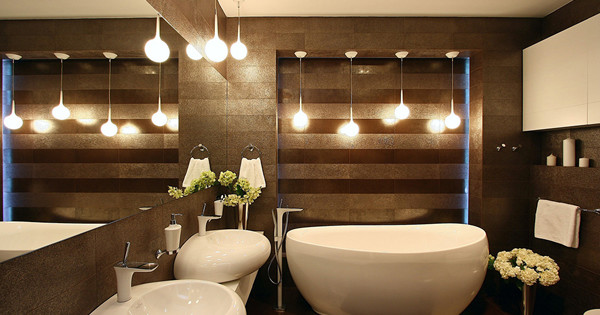
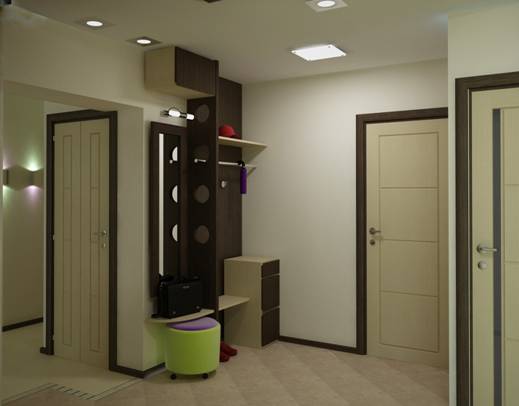
The article came in handy) We make repairs and think through its filling with furniture))
Great article, a good note for beginners, and a good memo for old people. There is nothing to complain about.